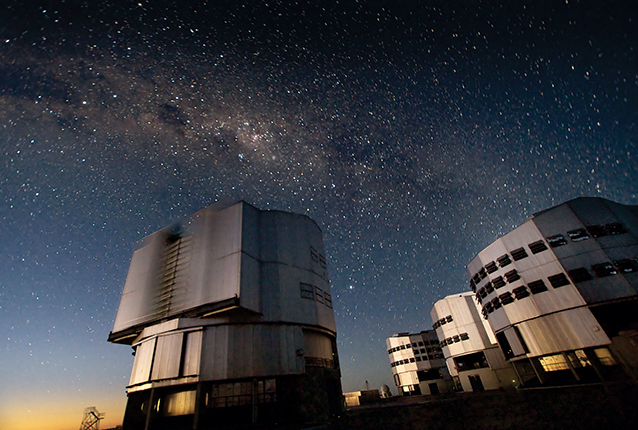Neutron starlight gets QED-fueled polarization boost
DOI: 10.1063/PT.3.3417
In 1936 Werner Heisenberg and Hans Euler predicted that as a consequence of quantum electrodynamics (QED), strong magnetic fields should affect the propagation of light through a vacuum. The effect, known as vacuum birefringence, is caused by virtual electron–positron pairs that get yanked along in the direction of the field. Light that is polarized in the same direction as the magnetic field should interact more strongly with the raging river of virtual particles, and thus propagate more slowly, than light polarized in other directions.
Because vacuum birefringence scales with the square of magnetic field strength, Nir Shaviv and Jeremy Heyl proposed analyzing the light emitted by neutron stars, which sport fields in excess of 1012 gauss. The signature would be a common direction of polarization, since the QED effect ensures that polarization follows the changing direction of the ultrastrong magnetic field.
Now a team led by Roberto Mignani from the National Institute for Astrophysics in Milan, Italy, and the University of Zielona Góra in Poland claims to have detected the signature of vacuum birefringence in optical photons from a neutron star. Using the Very Large Telescope in Chile (pictured above), the astronomers targeted the bright, isolated stellar corpse RX J1856.5–3754, whose surface is not obscured by a dense plasma-filled magnetosphere. The researchers measured a polarization degree of 11–22%, a figure they say is too high to be explained by interstellar magnetic fields and other known factors.
Mignani and colleagues can ensure that they have confirmed Heisenberg and Euler’s 80-year-old proposal by probing the neutron star’s x rays, which should be nearly 100% polarized. But that study will have to wait: A space telescope that can measure x-ray polarization with sufficient sensitivity probably won’t launch for another decade or so. (R. P. Mignani et al., Mon. Not. R. Astron. Soc. 465, 492, 2016, doi:10.1093/mnras/stw2798
More about the Authors
Andrew Grant. agrant@aip.org


